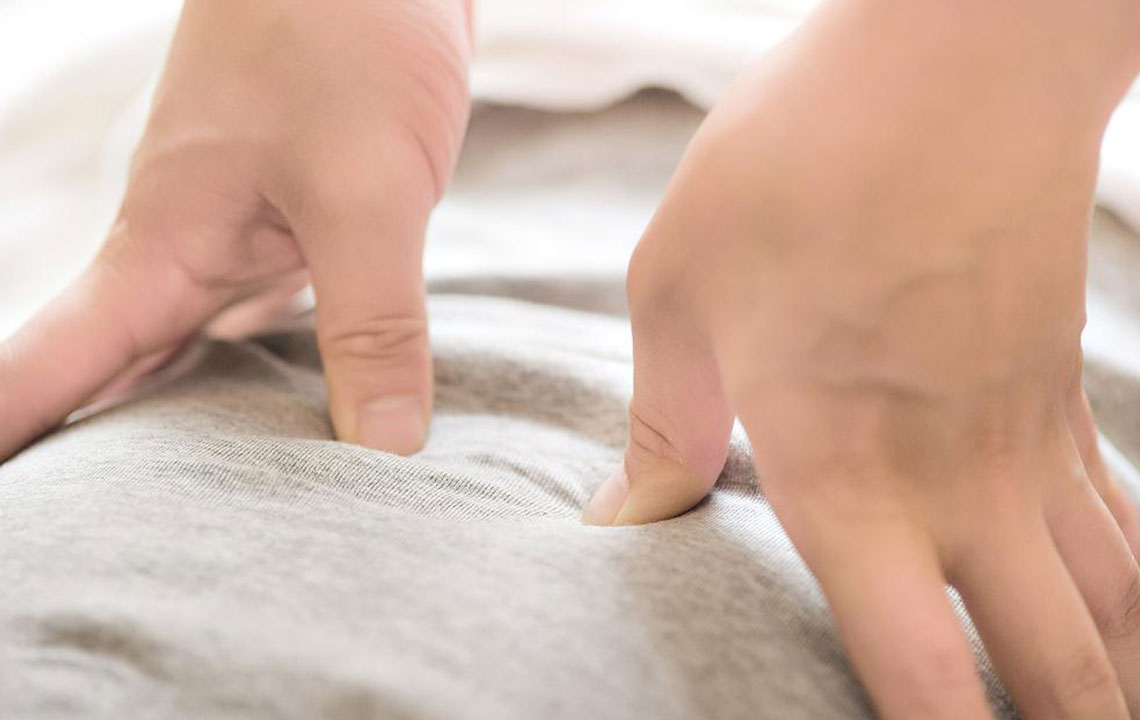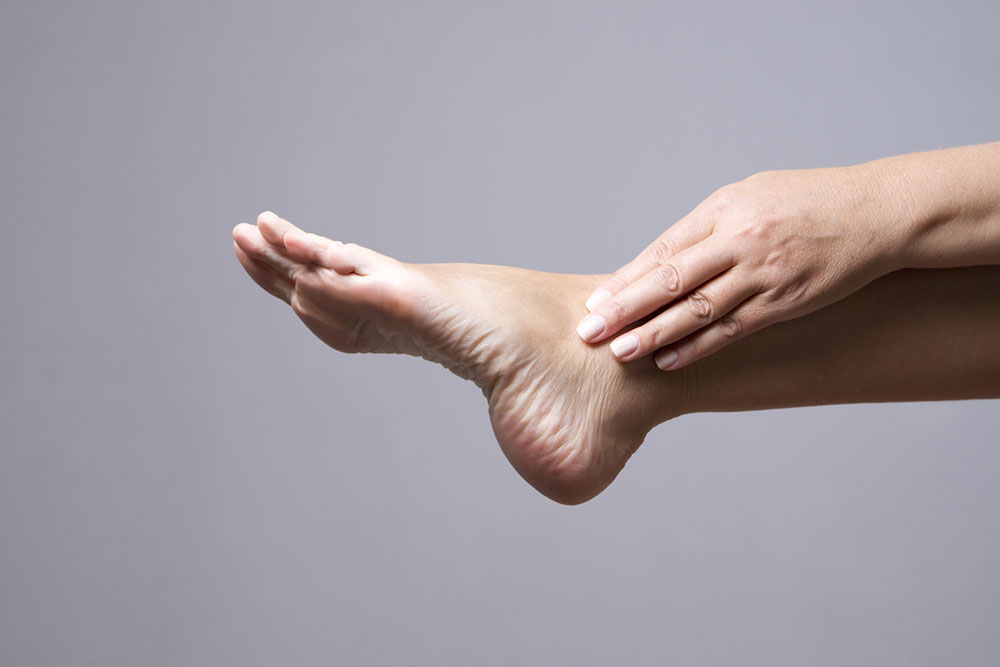Understanding Diabetic Nerve Discomfort and Its Types
This article explores diabetic nerve pain, including its types—peripheral, autonomic, proximal, and focal—and their symptoms. Early detection and blood sugar management are key to relieving discomfort and preventing complications. Treatment options may include medications like Invokana, Tanzeum, and glucagon-based therapies. Understanding these complexities helps diabetics manage their condition effectively and seek timely medical intervention.

Understanding Diabetic Nerve Discomfort and Its Types
Long-term unmanaged high blood sugar can cause various health issues in diabetics, including nerve damage known as diabetic neuropathy. This condition results in sharp, shooting pains primarily in the lower limbs. Diabetic nerve pain occurs when nerves transmitting signals to the legs and feet become damaged. It includes four main categories: peripheral, autonomic, proximal, and focal neuropathies.
Types of diabetic nerve pain
Peripheral:
This affects the feet and legs, occasionally impacting arms, abdomen, or back. Symptoms include numbness, burning, tingling, and pain, which can be alleviated through early treatment and blood sugar management.
Autonomic:
This type impacts the body's involuntary functions, primarily affecting the digestive system, which may cause symptoms like diarrhea, constipation, nausea, vomiting, and bloating. It can also influence the blood vessels, leading to dizziness, rapid heartbeat, and low blood pressure. When affecting the urinary system, symptoms might include difficulty urinating or leakage.
Proximal:
Usually localized in the thighs, hips, or buttocks, proximal neuropathy can weaken the legs. Immediate attention is essential to prevent muscle deterioration and reduce pain.
Focal:
This type targets specific nerves, impacting the eyes, heart, torso, and legs. Symptoms include double vision, severe back and leg pain, and potential paralysis, which tend to worsen over time.
Diabetic nerve pain may also involve nerve compressions. Doctors might recommend treatments like Invokana, Tanzeum, or glucagon-based therapies for management.










